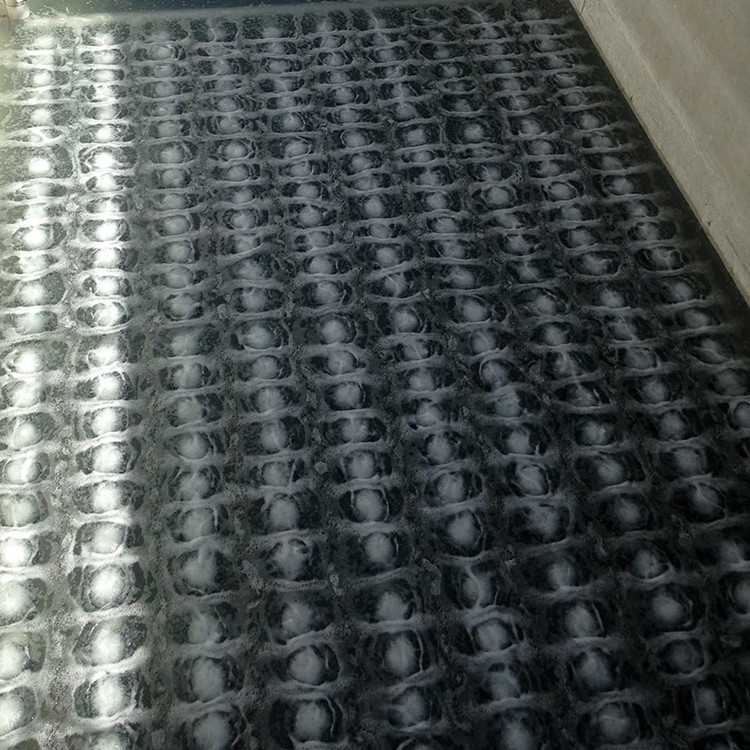Copyright © Kunshan Pinhong EPT Co.,Ltd All rights reserved. Site Map Designed by iwonder.cn
Pickling
Pour the diluted hydrochloric acid solution with a concentration of 5% into the pool, put the blocked aeration pipe into the diluted hydrochloric acid solution for about 12 hours, take it out and rinse it with clean water.
Microporous aerator is a product commonly used in sewage treatment. It is very necessary to clean it regularly. It can not only improve the treatment effect of sewage, but also is necessary for the equipment itself.
At the same time, the maintenance of the aeration head should also do the following:
1. After draining the aeration tank, clean it with a brush or a high-pressure gun;
2. Move the aeration equipment out of the aeration tank and clean them one by one;
3. Automatic cleaning device can be used to clean (formic acid) during work.
For the clogged microporous aeration head, it can be dealt with according to the following situations and methods.
1. The inner side of the aerator head is blocked
The blockage of the aerator head may be caused by dust in the air or rust in the blast pipe. In order to effectively prevent dust and rust, the following methods can be used to solve the problem:
(1) Use an air filter with a removal rate of 90% and a particle size above microns.
(2) Water vapor causes condensed water molecules to rust on the inner wall of the tube. In order to avoid rust, the air tube below the water surface of the aeration tank should be made of plastic.
(3) Connect the end of the aerator support tube to the top of the aeration tank with a pipe, and drain the water through the connecting pipe.
2. The outer side of the aerator head is blocked
The cause of the outside blockage is the sediment and dirt on the microporous aeration head. The sediment generation is mainly due to the multi-circuit form of the aeration tank, and the sediment is easy to be generated on the air inlet side, which may cause the micropores of the microporous aerator to become mesopores.
At the beginning of sediment generation, increasing the blast volume when the water inflow decreases can effectively reduce the generation of sediment. If there is too much sediment, it is necessary to empty the aeration tank at a fixed time, and carefully clean the aerator with a brush to remove the sediment.
